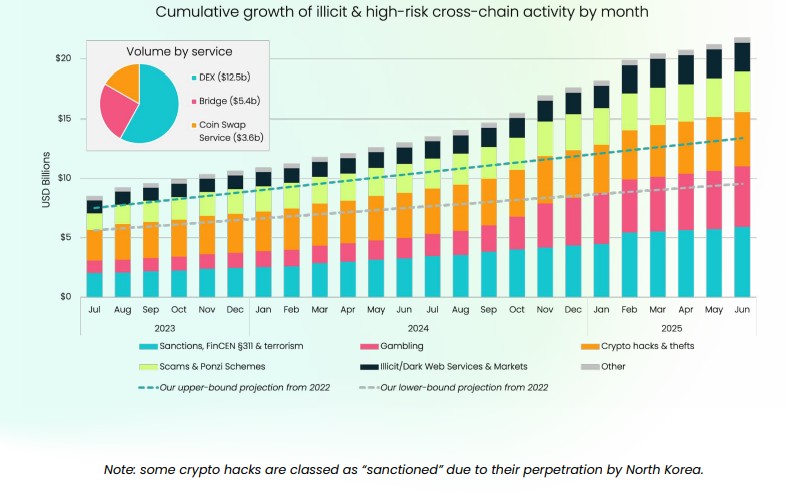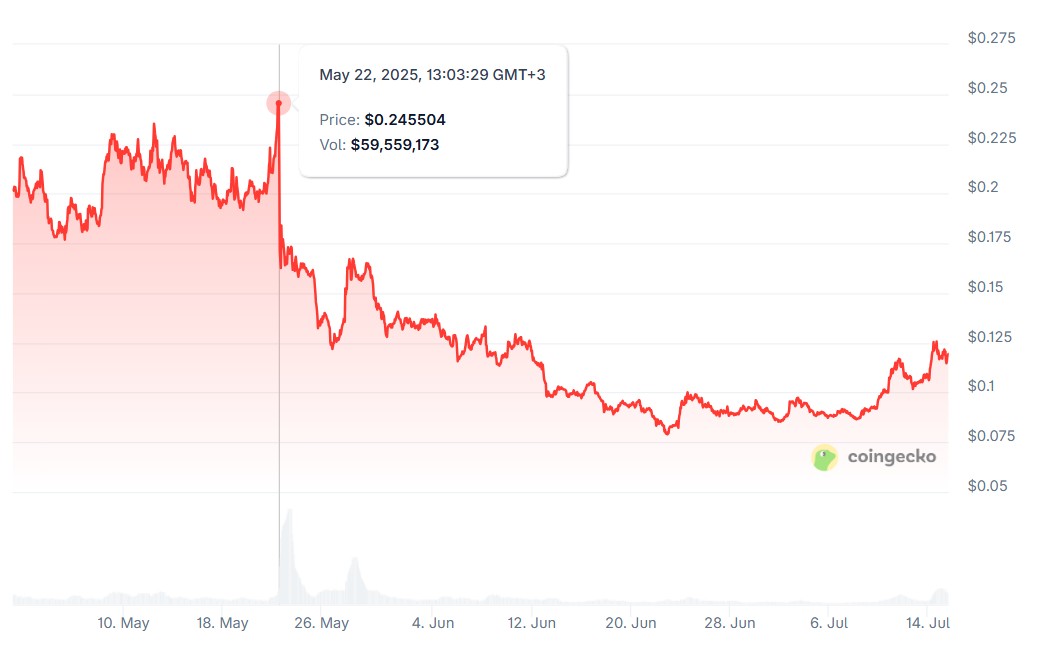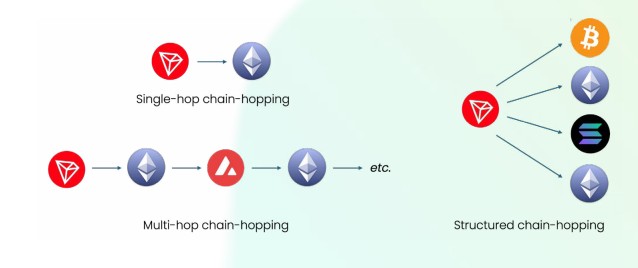
Cross-Chain Crime: A $21.8 Billion Problem
The world of cryptocurrency is facing a growing challenge: the increasing sophistication of money laundering techniques. Recent data from blockchain analytics firm Elliptic reveals a staggering $21.8 billion in illicit or high-risk crypto funds has flowed through cross-chain swaps, a dramatic 211% increase from the $7 billion recorded just two years ago. This surge underscores the evolving tactics of criminals and the urgent need for enhanced security measures within the crypto ecosystem.

From Niche to Norm: How Cross-Chain Swaps Became Key
Cross-chain swaps, once a specialized domain for advanced traders, have transformed into a core element of money laundering. Illicit actors are no longer content with simple methods like mixing or dumping tokens. Instead, they are leveraging the intricate web of blockchain bridges, decentralized exchanges (DEXs), and coin swap services to obfuscate the trail of their illegal activities. This expansion is fueled by the proliferation of new blockchains and cross-chain services, creating more avenues for illicit fund movement.
The Anatomy of a Cross-Chain Laundering Operation
Elliptic‘s research highlights the complex strategies employed by criminals. Structured chain-hopping, where funds are split and simultaneously distributed across multiple blockchains, and multi-hop chain-hopping, involving repeated asset transfers, are increasingly common. These methods are designed to confuse investigators and are often accompanied by high fees, further complicating the tracing process. Examples include the use of multiple blockchains to move stolen funds, as happened in a case involving North Korea, and smaller scale frauds using multiple assets on multiple chains.
DeFi and DEXs: A Double-Edged Sword
Decentralized exchanges, despite their transparent nature, are also being exploited in the crypto laundering cycle. The absence of KYC regulations on many platforms makes them an attractive entry point for illicit funds. Criminals often use DEXs to swap tokens for more widely recognized assets like stablecoins such as USDT or USDC. These stablecoins may later be bridged to different chains, further obscuring the origins of the funds. Elliptic‘s data shows that around a third of blockchain investigations now involve tracking flows across at least three different networks.

Coin Swap Services: The Underground Economy
Coin swap services, operating much like underground currency changers, facilitate anonymous asset swaps across different blockchains with minimal oversight. These services have become a go-to tool for various illicit actors, particularly those in darknet markets, ransomware networks, and online fraud. Unlike bridges and DEXs, coin swap services are centralized intermediaries that often operate in jurisdictions with lax regulations or openly disregard AML (Anti-Money Laundering) checks. Some openly advertise their services on darknet forums and Telegram channels, promising to accept “dirty BTC.” It is estimated that 25% of funds are linked to online gambling.

The Fight Back: Tools and Strategies
The crypto industry is responding to the evolving threat. Blockchain analytics firms are developing sophisticated tools to track and visualize cross-chain transactions, allowing investigators to follow funds even as they jump from one blockchain to another. Centralized stablecoin issuers retain the ability to freeze flagged assets, providing another layer of defense. While the criminals’ tactics become increasingly intricate, the industry continues to adapt and evolve its defenses to maintain its integrity.



